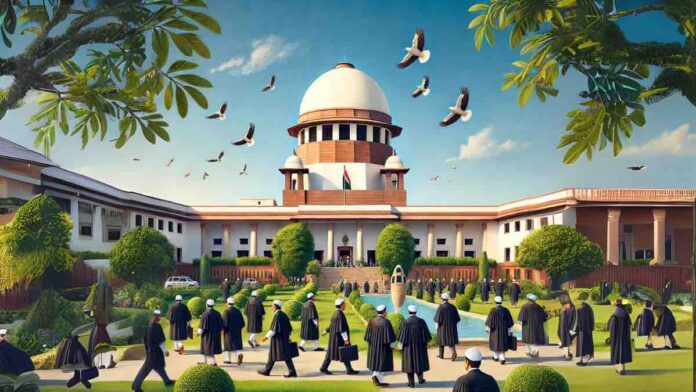In a landmark judgment, the Supreme Court of India has reaffirmed the application of the Doctrine of Merger, emphasizing that once leave is granted in a Special Leave Petition (SLP), the appellate decision supersedes and stands as the final ruling. The case, State of Uttar Pradesh and Anr. v. Virendra Bahadur Katheria and Ors. (Civil
To Read More Please Subscribe to VIP Membership for Unlimited Access to All the Articles, Download Available Copies of Judgments/Order, Acess to Central/State Bare Acts, Advertisement Free Content, Access to More than 4000 Legal Drafts( Readymade Editable Formats of Suits, Petitions, Writs, Legal Notices, Divorce Petitions, 138 Notices, Bail Applications etc.) in Hindi and English.




